1. Hummus
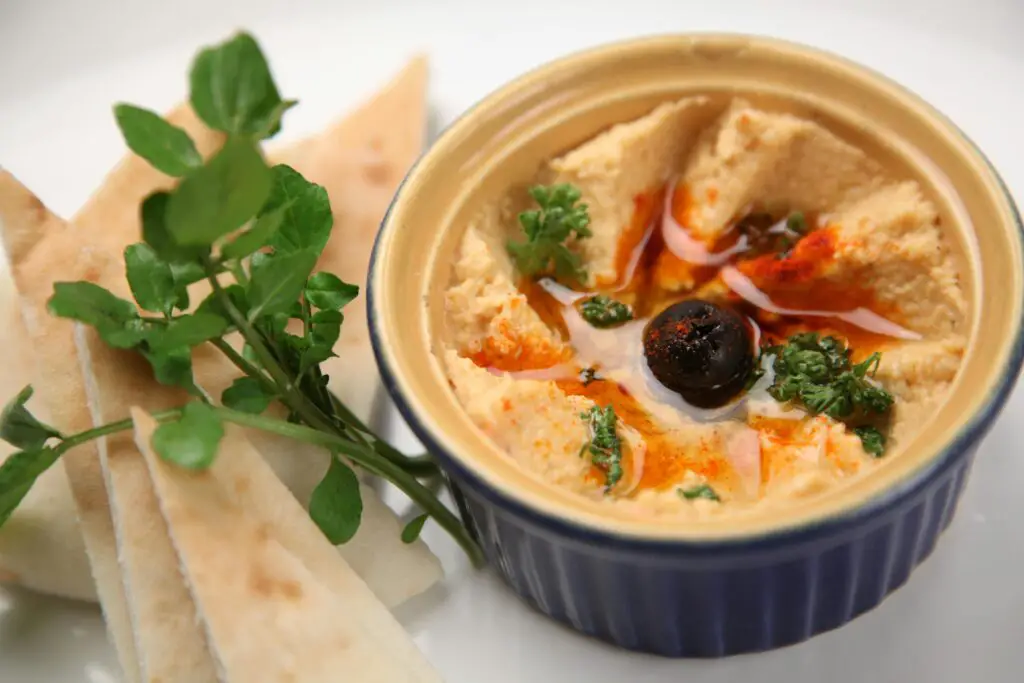
If you’ve ever dipped a carrot stick or pita chip into a bowl of creamy hummus, you’ve tasted something with ancient roots. This humble dish can be traced all the way back to ancient Egypt and the Levant, where chickpeas and sesame seeds were staple ingredients in everyday meals says New Lines Magazine.
Hummus might seem like a modern health food, but it’s actually thousands of years old. Ancient civilizations mashed chickpeas with garlic and olive oil long before food processors made it easy. The recipe has changed slightly over time, but the essence remains the same. So the next time you enjoy a hummus snack, you’re continuing a tradition that’s older than most recorded history adds the Forward.
2. Popcorn
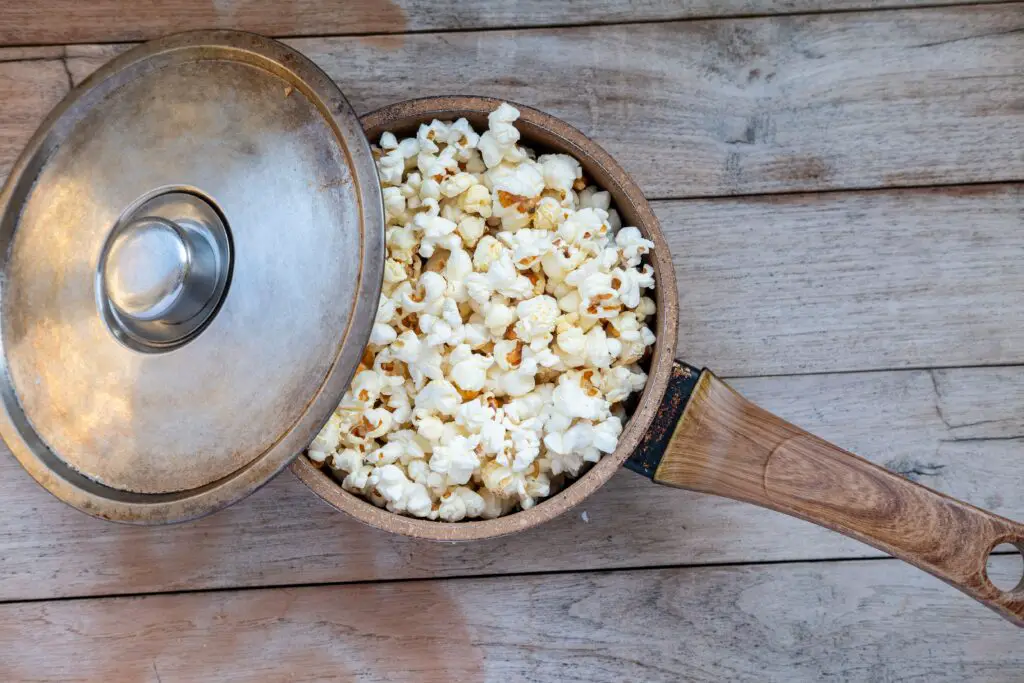
That satisfying crunch of popcorn during movie night has origins far older than Hollywood. Native Americans were popping corn centuries before Europeans arrived, and the earliest evidence of popcorn comes from ancient Peru, dating back over 6,000 years explains Scientific American.
It wasn’t just a snack either, it held ceremonial and symbolic importance in many Indigenous cultures. The popping process fascinated early civilizations just as much as it delights kids today. When you toss a bag in the microwave, you’re participating in one of the oldest snack rituals on the planet adds the Suncoast Post.
3. Honey
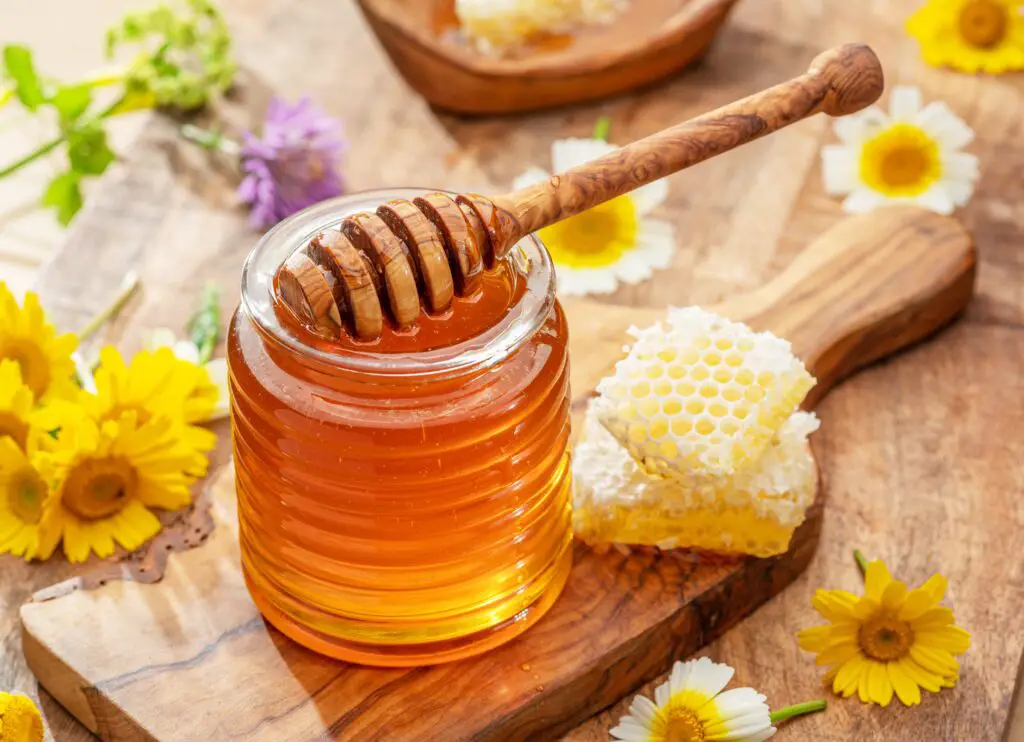
That drizzle of honey in your tea or on toast? Ancient Egyptians, Greeks, and Mesopotamians beat you to it by several thousand years. They used honey not only as a sweetener, but also in medicine, offerings to the gods, and even embalming practices.
Honey was considered a gift from the heavens, and beekeeping was a respected art form. It’s one of the few foods that never spoils, which is probably why archaeologists have found pots of it in ancient tombs still perfectly preserved. So yes, your sweet tooth has some pretty royal and timeless company.
4. Flatbread
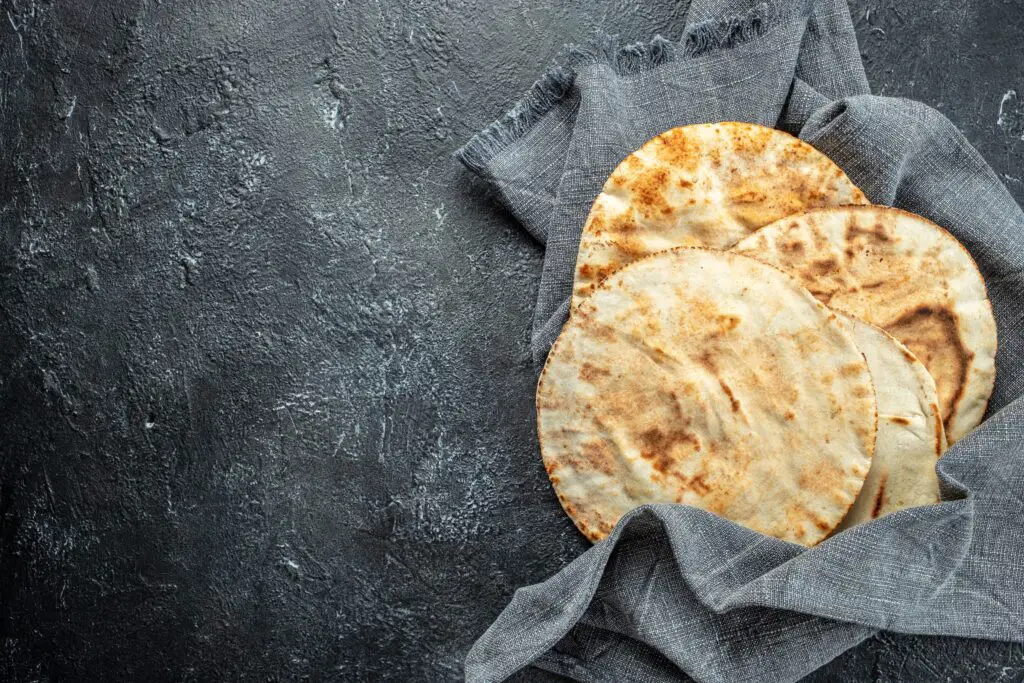
Whether it’s naan, pita, or tortillas, flatbread is one of the most ancient foods that’s still going strong. The oldest versions were made in Mesopotamia and Egypt, where early bakers mixed flour and water into dough and baked it on hot stones.
Today’s wraps and sandwich pockets are just a modern twist on a recipe that dates back over 5,000 years. The simplicity of flatbread helped it spread across cultures and continents. Every time you enjoy one, you’re biting into a slice of history.
5. Lentils
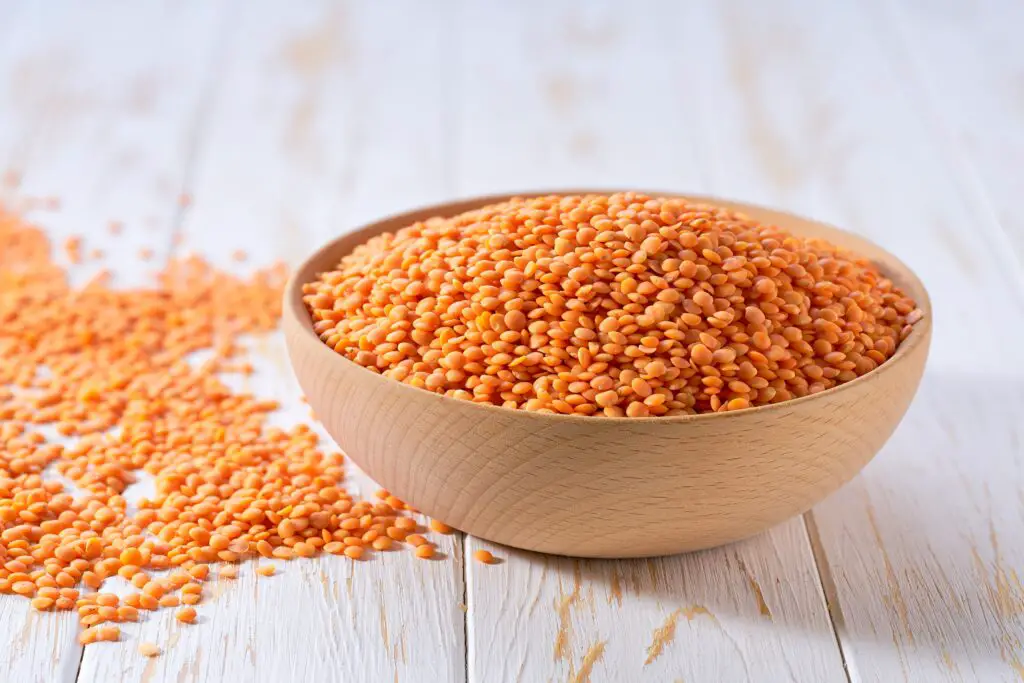
Lentils may not seem exciting, but they’ve been nourishing people since the days of Neolithic farmers. Archaeological digs in the Middle East show that lentils were one of the first crops ever cultivated, dating back to 8,000 BCE.
These humble legumes were a major part of ancient Greek, Roman, and Egyptian diets. They were praised for being cheap, filling, and full of nutrients, which is still true today. When you ladle out a warm lentil soup, you’re eating a meal that’s practically prehistoric.
6. Yogurt

That probiotic-rich yogurt in your fridge? Ancient herders in Central Asia were probably eating a version of it thousands of years ago, completely by accident. When milk was stored in animal stomachs, natural enzymes caused it to ferment into something thick and tangy.
Once people realized how tasty and nutritious it was, they started making yogurt on purpose. The Greeks and Romans embraced it, and it spread through the Middle East, India, and beyond. So while your parfait may look trendy, it’s actually rooted in a happy accident from antiquity.
7. Olive Oil
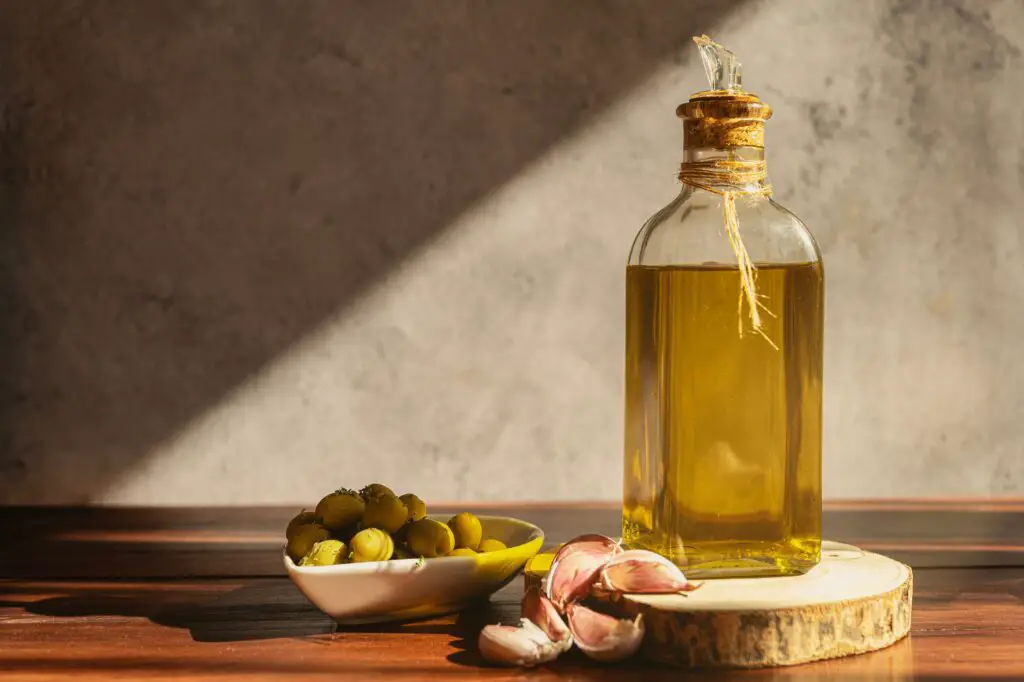
You probably cook with it, drizzle it on salads, or dip your bread in it, but olive oil has been a prized staple since the time of the ancient Greeks and Romans. It was so valuable that it was used as currency, medicine, and even in religious ceremonies.
The process of pressing olives to extract oil dates back over 6,000 years in the Mediterranean. Ancient olive trees were lovingly cultivated, and their oil was considered liquid gold. Every bottle in your pantry carries the legacy of that early reverence.
8. Rice
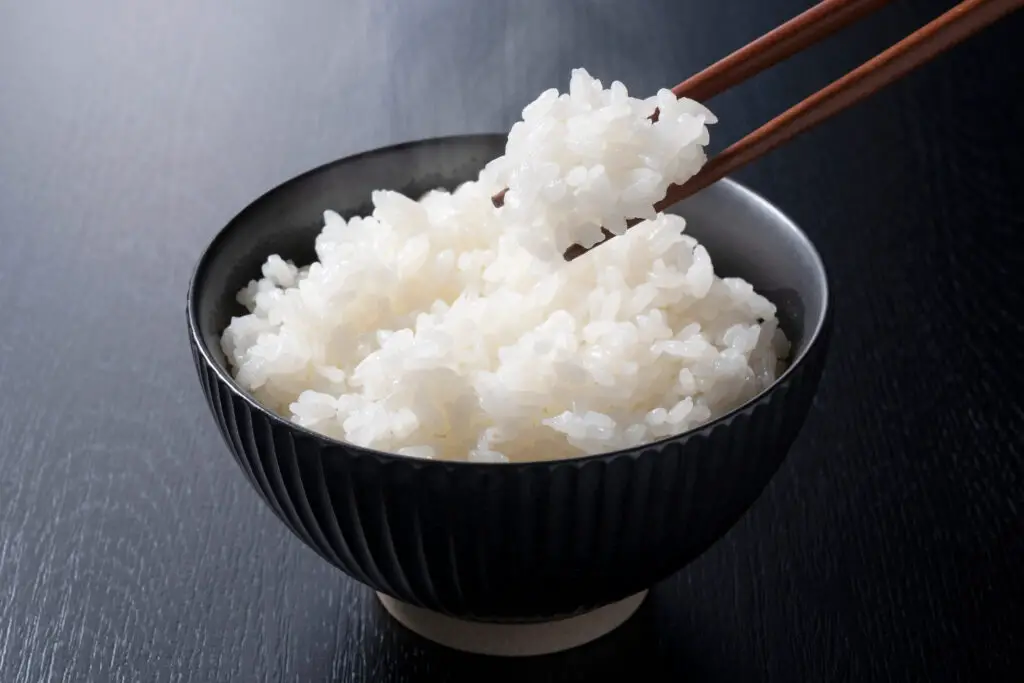
Rice might be your go-to side dish, but it’s been a dietary cornerstone for millennia, especially in Asia. The earliest cultivation began in China over 9,000 years ago, and it quickly spread to India and other parts of the world.
Ancient farmers recognized rice’s ability to feed large populations efficiently. It became sacred in many cultures, often associated with prosperity and fertility. Whether you’re eating sushi, risotto, or stir-fry, you’re enjoying one of the world’s oldest cultivated foods.
9. Wine

That glass of red with dinner is part of a tradition that dates back to the ancient world. The earliest evidence of wine production was found in Georgia (the country, not the state) around 6,000 BCE. It quickly became a favorite among the Egyptians, Greeks, and Romans.
Wine wasn’t just for pleasure either, it was used in religious rites, medicinal concoctions, and royal banquets. Ancient civilizations developed complex winemaking techniques that still influence vineyards today. So next time you sip, raise a glass to thousands of years of history.
10. Garlic
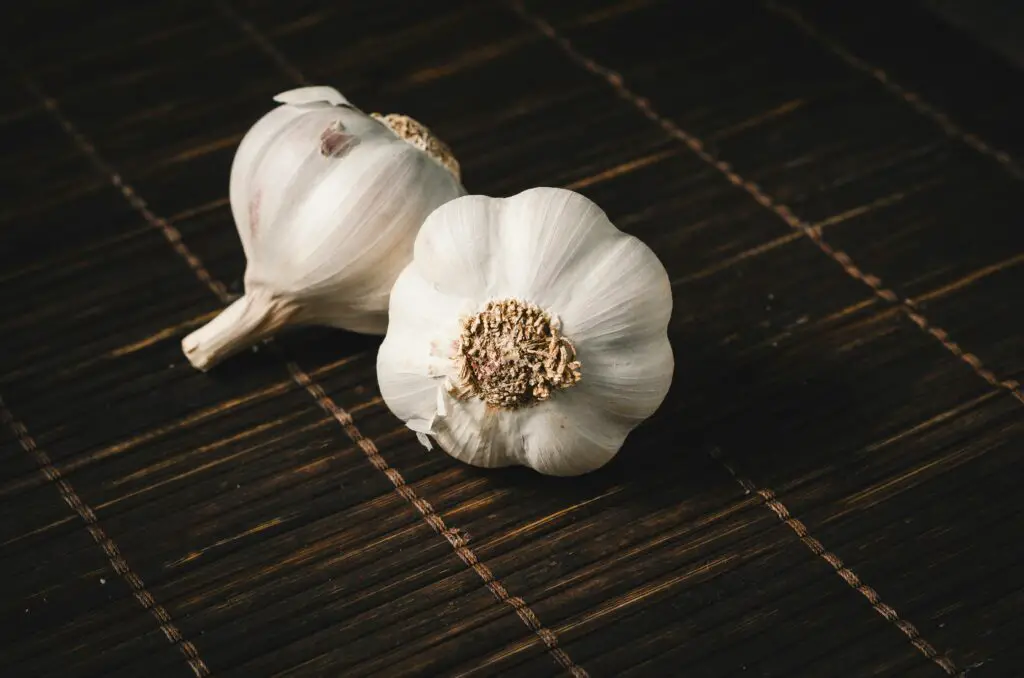
Garlic might seem like just another seasoning, but it was powerful stuff in the ancient world. Egyptians gave it to workers building the pyramids to boost strength and endurance. Greeks and Romans swore by it for everything from warding off illness to enhancing bravery.
It wasn’t just about flavor back then, garlic was believed to have mystical and medicinal properties. Today, it’s still celebrated for its health benefits, and it adds depth to just about any savory dish. When you mince a clove, you’re chopping up one of history’s favorite cures.
11. Barley
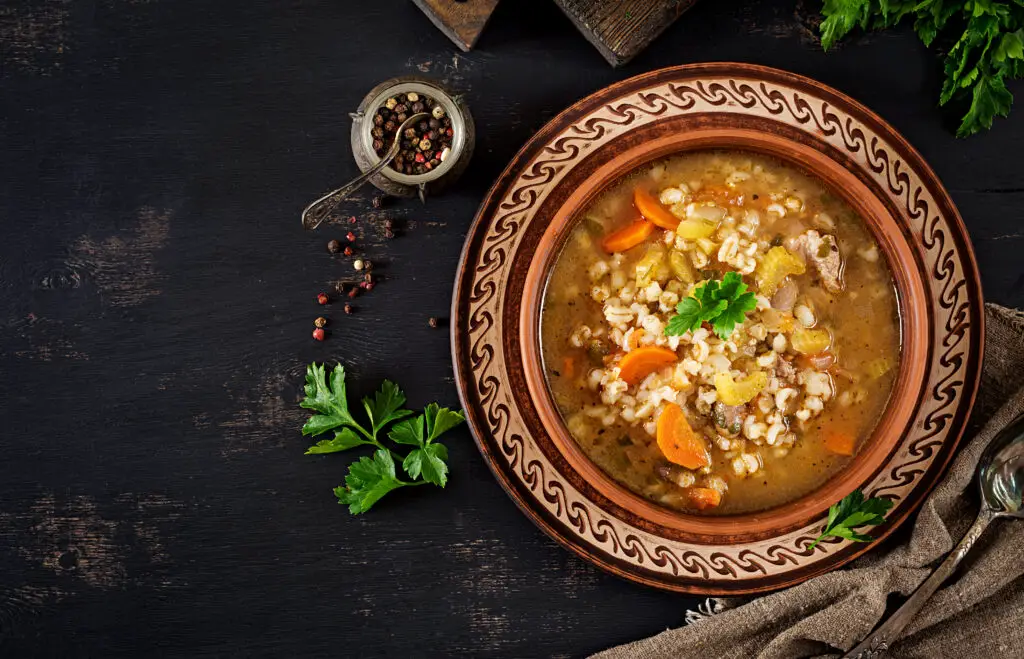
Barley shows up in soups, stews, and cereals today, but it was one of the earliest grains ever farmed. The ancient Sumerians and Egyptians grew it in bulk and even used it to brew beer, which was safer to drink than water at the time.
It was considered a food for both the working class and the gods, showing up in temple offerings and soldier rations alike. The nutty, chewy grain may not get as much attention as wheat now, but it once ruled ancient fields and kitchens.
12. Cheese
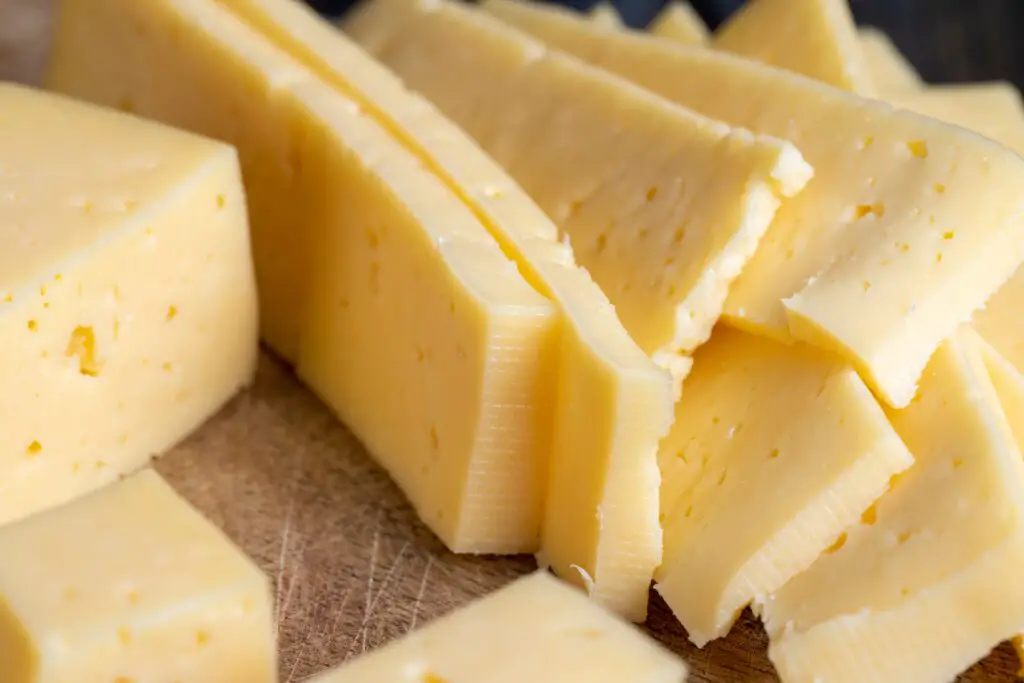
You can thank the ancient world for your favorite cheesy indulgence. Cheese likely originated when people stored milk in containers made from animal stomachs, leading to natural fermentation. Mesopotamians, Egyptians, and Greeks all had their own cheesy creations.
Cheese was portable, preserved well, and added flavor to otherwise bland foods. It quickly became a beloved staple across many cultures. Every wedge or slice you enjoy today carries echoes of ancient cheese-making genius.
13. Figs
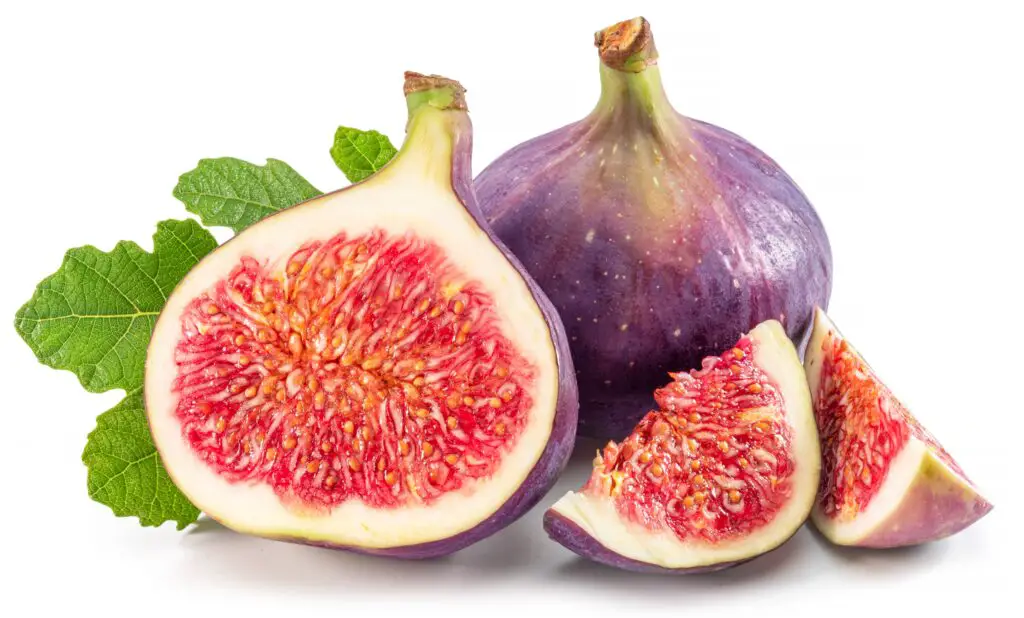
Figs have been enjoyed since the earliest human settlements in the Middle East. In fact, they’re considered one of the first domesticated crops, showing up in archaeological sites from as far back as 9,000 BCE.
The ancient Greeks and Romans adored them, often pairing them with cheese or turning them into sweet treats. Even biblical texts mention figs as symbols of peace and prosperity. So if you’ve ever snacked on one or had them in a salad, you’ve tasted something truly ancient.
14. Mustard

That squirt of yellow on your sandwich has surprisingly spicy roots. Mustard seeds were ground and mixed with unfermented grape juice or vinegar in ancient Rome as early as the 1st century.
Romans even coined the term “mustum ardens,” meaning “burning must,” which eventually became mustard. Its bold flavor made it a favorite for seasoning meats and sauces, and it’s stuck around ever since. Your ballpark hot dog has a direct culinary link to the Roman Empire.
15. Dates
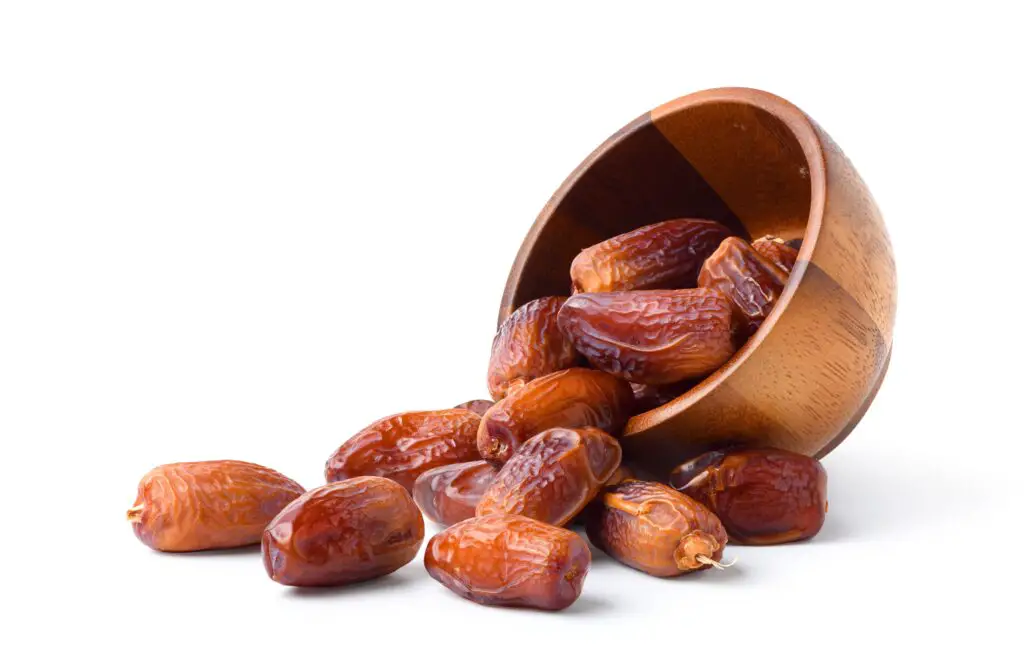
Dates were so important in ancient Mesopotamia and Egypt that they were often called the “bread of the desert.” Sweet, energy-rich, and long-lasting, they were ideal for feeding travelers and soldiers.
They also held spiritual significance, showing up in rituals and offerings to the gods. Today, dates are found in energy bars, desserts, and smoothies, often without anyone realizing their ancient pedigree. They’re one of the oldest cultivated fruits that we still enjoy, pit and all.
